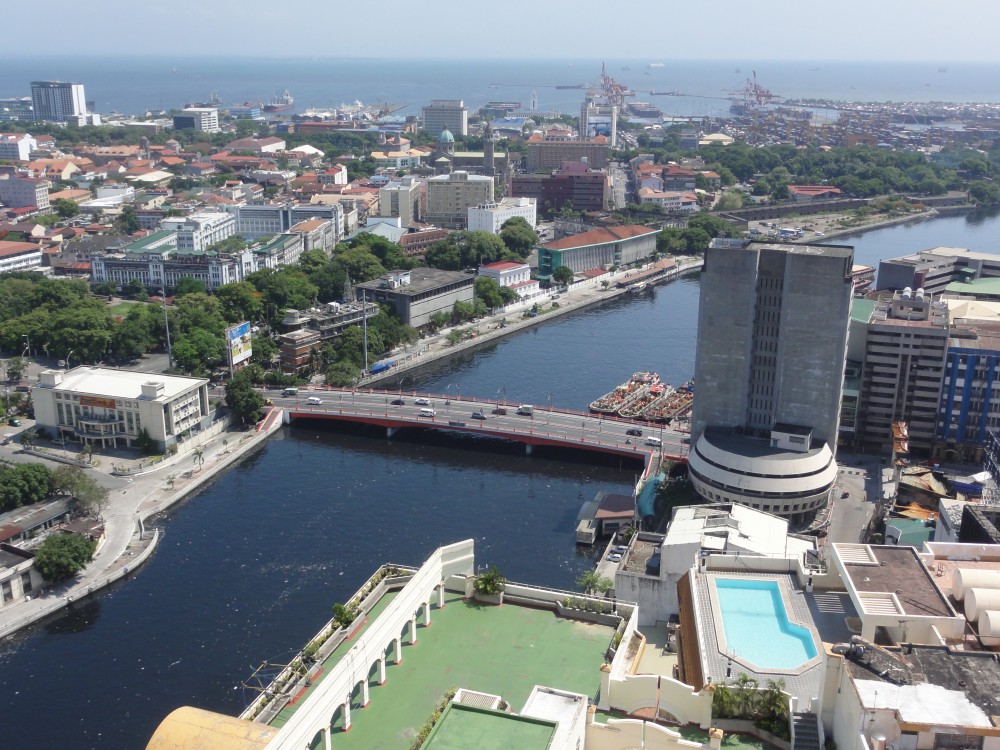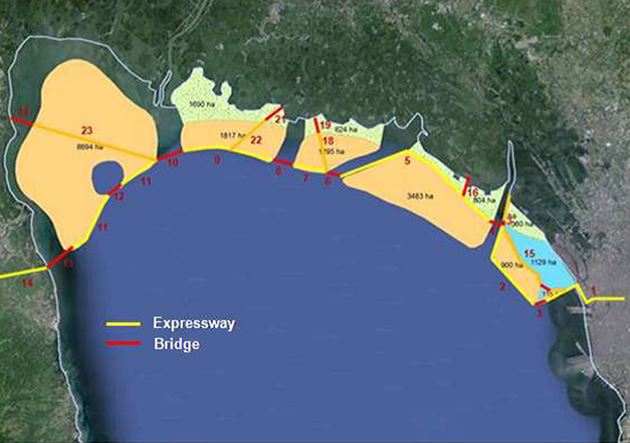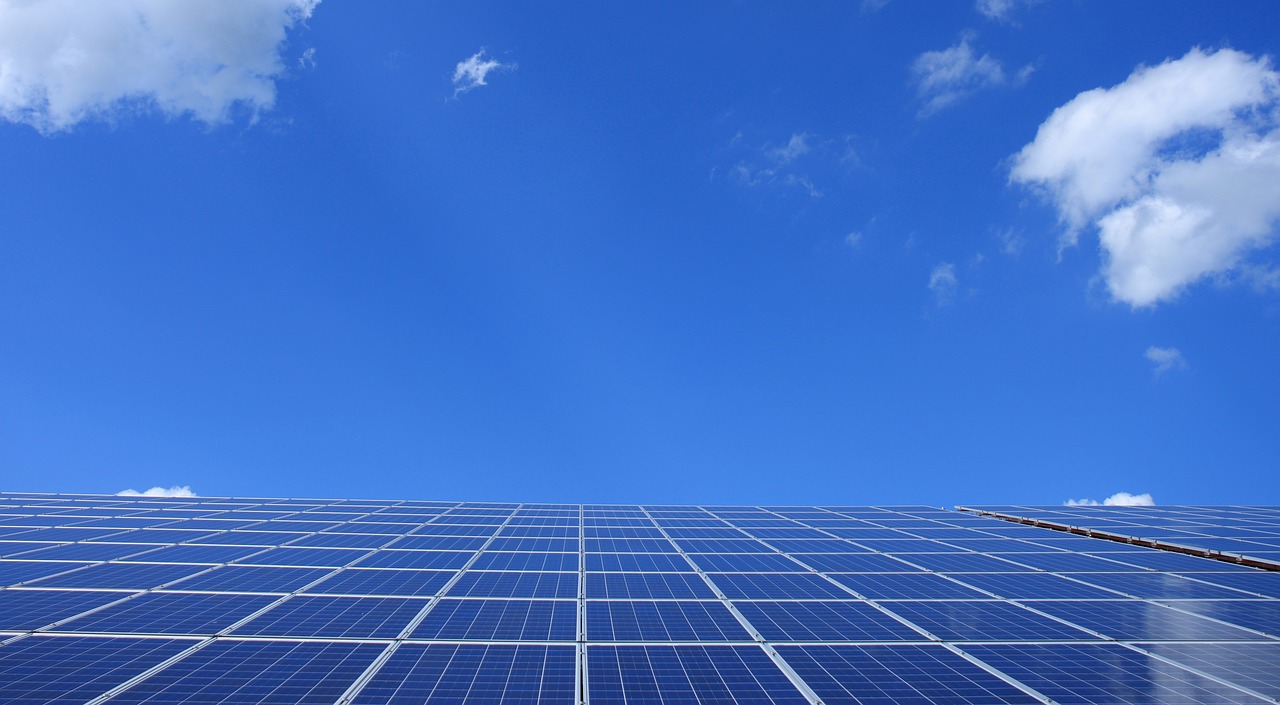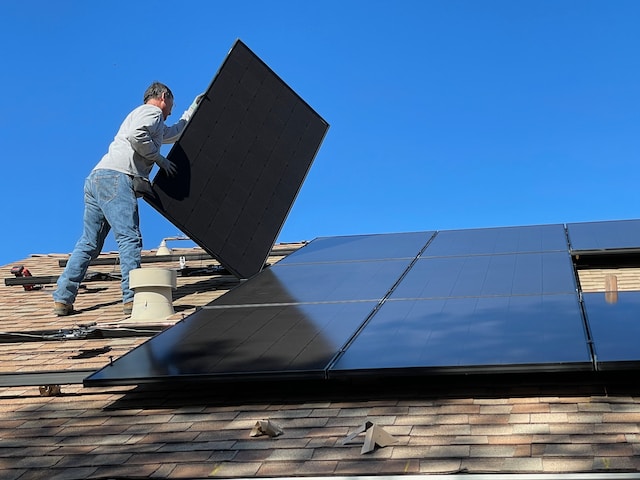Land reclamation, or “land fill,” has no relation to “landfill,” places where garbage is buried. Land fill is the process of creating new land on riverbeds, lakes, and oceans. Many land reclamation projects start to make sense when cities on the edge of a body of water see the economic potential of more acreage and building projects that will reinvigorate a city. At the same time, land reclamation projects can serve as flood barriers while providing attractive urban waterfront development opportunities. But land reclamation projects can cost billions of dollars, and the stakes are large for both public and private groups.
Manila: The Pearl of the Orient
The Manila Land Reclamation Project in the Philippines, otherwise known as Solar City, is a Public-Private Partnership (PPP) that plans to recapture 365 acres (148 hectares) of land from the ocean in Manila Bay. Of this, 86 acres (35 hectares) is reserved for the Manila government which stands to earn billions in tax revenues from the larger portion in the form of real estate, value-added, and income taxes. As for the smaller portion, the Manila city government plans to build a new community and tourism center to help promote the city.
According to the Department of Public Works and Highways of the Philippines, the city’s private sector partners will spend an estimated $6.5 billion, create 250,000 jobs, and additional billions in new investments from the private sector.
The following video provides a brief history of Manila from its glory days to the present.








